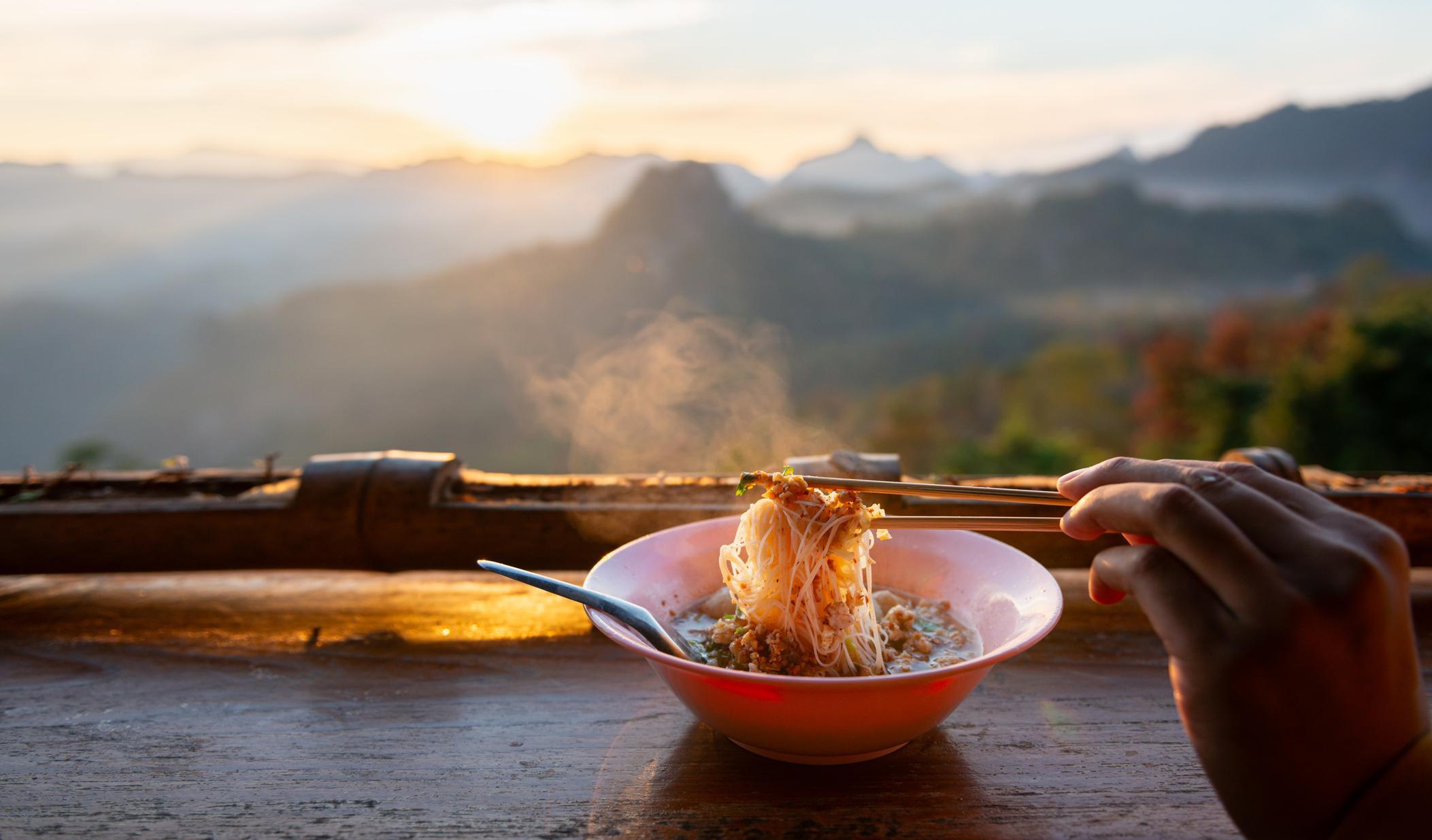Every plate of food tells a story. Multiple stories, both personal and political. As the infinitely quotable Anthony Bourdain writes: “Food is everything we are. It’s an extension of nationalist feeling, ethnic feeling, your personal history, your province, your region, your tribe, your grandma. It’s inseparable from those from the get-go.”
A dish that perfectly illustrates this for me is one from my childhood—my mum’s nasi goreng, fried rice flavoured with sambal oelek (a chilli paste) and ketjap manis (sweetened soy sauce). The sweet and spicy taste evokes memories of comfort. But it also has historical significance—my mum is Dutch, and Indonesian food has been popular in Holland since the Dutch colonised Indonesia, albeit altered to suit western palates. Dutch nasi goreng often contains pork or bacon, whereas this is rarely included in the Indonesian version, since the majority of the population are Muslim. It's a dish made with a spoonful of colonisation, flavours of migration and a sprinkle of religious culture.
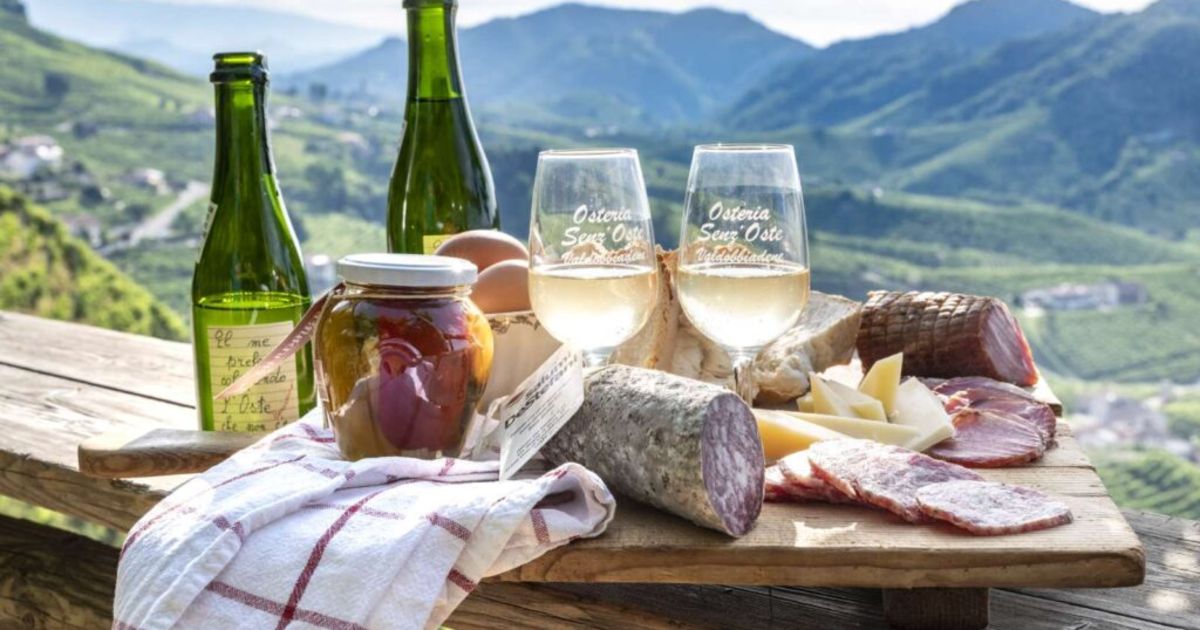
Perhaps because of these early experiences—and also because it combines two of my greatest passions, food and research—food history has become an interest of mine. I love discovering the origin of different dishes, and how a country’s food traditions change according to waves of trade and immigration. I was fascinated to discover that India, famed worldwide for its spicy food, started cooking with chillies after being introduced to them during the Portuguese colonisation of Goa. The Portuguese, in turn, discovered chillies during the colonisation of South America.

But the best way to learn about food is to put the book down and experience it through your senses when you travel. Sure, I read up on what food to try before visiting Thailand earlier this year. But all suggestions were instantly forgotten when I stepped into a Thai night market. I was surrounded by the sound of sizzling food and ladles clanging; my nostrils assaulted by the smoky smell of barbecued pork skewers, mingling with the sweet aroma of tender coconut pancakes. I searched out the best morsels with my nose and stomach, rather than by reading a guidebook—literally using my gut instinct.
Food is everything we are. It’s an extension of nationalist feeling, ethnic feeling, your personal history, your province, your region, your tribe, your grandma
One of the best parts of travelling is all the new foods you get to try. I like to explore the world through my taste buds. It’s through food that I learn about the landscape, history and culture of the country I’m visiting. To do this, I’ll seek out traditional dishes made with local ingredients, and do my best to avoid international chains. The stories their food tells are ones of globalisation and mass production; of food hastily tossed in boiling oil, rather than prepared with care and attention.

In Mexico, I discovered the best 'end of the night' food I’ve ever tried—gorditas cooked by an old woman sitting cross-legged in front of a smouldering wood fired stove. I watched her grab a handful of masa—a dough made from ground and nixtamalized corn (meaning it’s been steeped in an alkaline solution; a process used by the Mayans since around 1,500 BC)—and shape it with her hands into a fat tortilla.
When the gordita was finally cooked, she stuffed it with scrambled eggs and homemade tomatillo salsa. While she worked with practised ease, this was hardly fast food—it was someone taking pride in the smaller details, rather than focusing solely on speed or profit. Alone and far from home, I experienced the warm rush that comes from being looked after.
I like to explore the world through my taste buds. It’s through food that I learn about the landscape, history and culture of the country I’m visiting
That gordita to me represents two of the most important aspects of traditional cuisine you see reflected around the world—necessity and resourcefulness. It’s made of corn because that was the food most widely available to the Mayans. But resourcefulness comes from the process of nixtamalization, which transforms corn to something delicious, rather than simply edible. It's essentially a lesson about creativity; in how to take whatever little you have, and make it into something better.
Every meal you eat when you travel teaches you something. About yourself, the person cooking it, their culture—and sometimes, as with the gordita, all three at once.

In Ladakh, a region in North India, I was able to discover how landscape, climate and resourcefulness intersect to create a unique cuisine. Ladakh is a remote, high-altitude desert region of India, which is inaccessible five months of the year due to heavy snow. I visited one September to hike the Markha Valley trek, with a local guide called Deachen.
The first couple of days of the trek take you alongside the Markha River, which is flanked with small terraces of barley and groves of apricot trees. Although the apricots had long been harvested, I tried juice made from the sun-dried fruits. I warmed up with thukpa, a soup made of hand-pulled barley noodles.

With a short growing season, Ladakh’s inhabitants have learned to be resourceful when it comes to storing and preserving food. As we hiked, Deachan pointed out stinging nettles, which are dried and used in teas and soups, and caper bushes - the shoots are picked and used in relishes. We tried orange-coloured sea buckthorn berries, which were as tart and addictive as sour sweets. Deachen explained that they were high in vitamin C and used to make juices and syrups for winter.
Food is more than flavours and textures — it can be a gesture of friendship that transcends language
In the evenings, we slept in homestays. The food was simple, normally rice and dal with home grown vegetables. I also tried butter tea, which is drunk daily and is made of tea leaves boiled with yak milk, butter and salt - a calorific drink that helps insulate against the bitter winter cold. I couldn’t get on board with it; I found it unpleasantly salty and to have an oily, mouth-coating effect that was highly unpleasant.
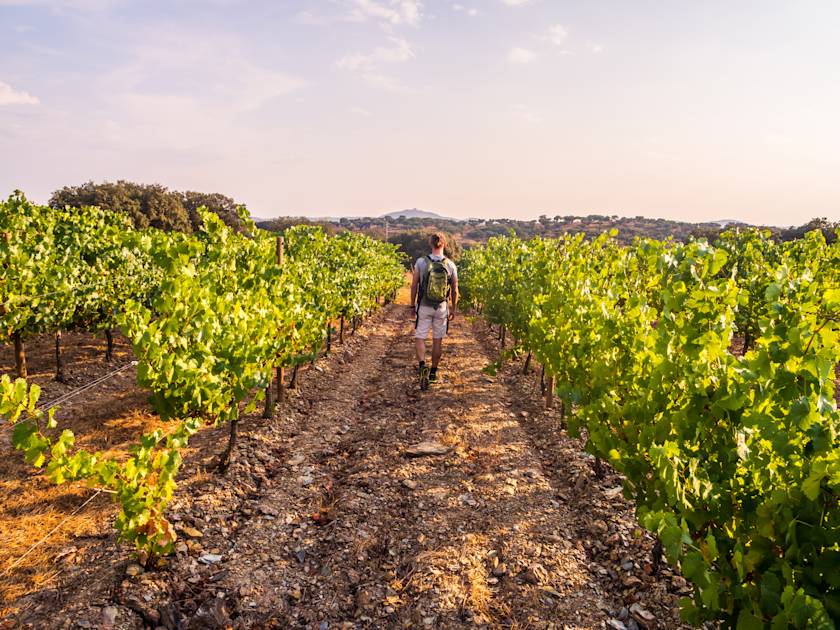
I did, however, enjoy learning to make momos (dumplings stuffed with vegetables, which came to Ladakh across the border from Nepal) with Deachen and a small group of Ladakhi women. I clumsily tried to copy their movements, pinching the dough together into irregular shapes, compared to their neat parcels. Despite my lack of finesse, these momos tasted much better than the ones I ordered at a restaurant in the capital, Leh. I think that’s because I knew all the effort that had been put into making them; the kneading of the dough, the grating of the vegetables.
It was also the location that made these handmade momos memorable. We ate sitting on cushions around a low, communal table and I could see the silhouettes of high-peaked mountains through the windows.

Eating out when you travel isn’t just about trying new dishes, although that’s definitely part of the experience. Food is more than flavours and textures—it can be a gesture of friendship that transcends language. It’s someone welcoming you into their culture, perhaps even their home. Someone offering you nourishment, simultaneously the most basic necessity and the greatest of joys.
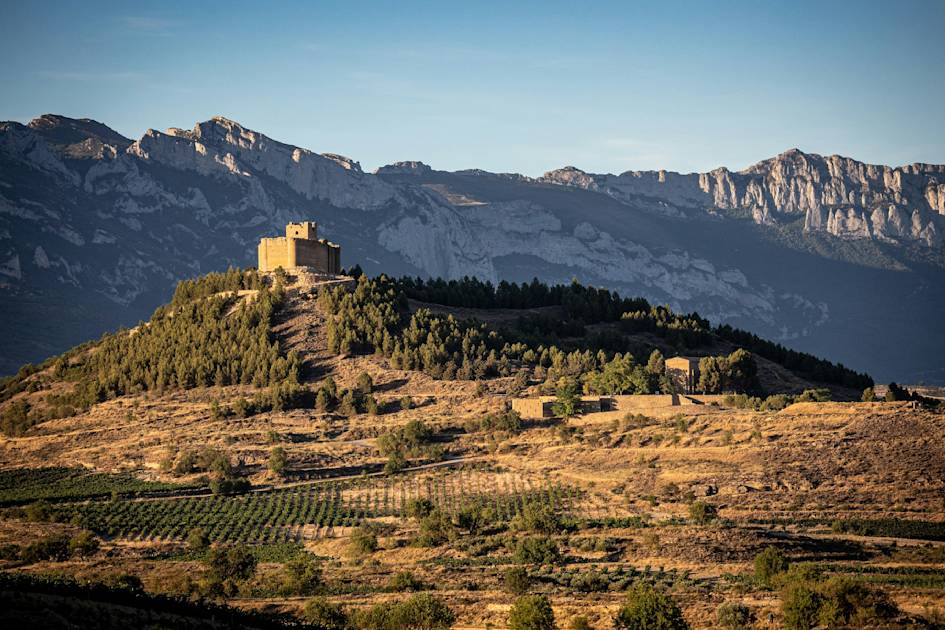
I’ll never forget the kind woman on a night bus in Taiwan who thought I looked cold and hungry. She gave me a scarf to wrap around myself, and bought me fish balls from 7/11 when we stopped for a break. They were spongy and disgusting and completely the wrong food to eat at three in the morning, but I’m still touched by her kindness.
Sharing a meal is such a universal gesture of friendship that it helps bridge the differences between cultures. Some of the best conversations I’ve had while travelling are had over the meal table. I've found this to be particularly true of Spain—there's something about tapas and the sharing culture—or France, where lingering over dinner is an artform that begins with the ‘apéro’ (snacks like charcuterie with wine) and ends with colossal slabs of cheese.

Most of us enjoy sharing a meal with friends and family, wherever we are in the world. However, food and travel isn’t just about familiar comforts. It’s also about embracing the unknown, trying new ingredients and dishes, even if we think we won’t like them.
Culinary exploration is like any other form of adventure - it’s rewarding to step outside of your comfort zone
Whilst others need coaxing to do this, I have a perverse personality trait that means I'll always indulge: when someone tells me something tastes disgusting, I think “challenge accepted.” Most of the time, they’re right. The time I tried a shot of fish oil for breakfast while in Iceland to hike the Laugavegur trail—and nearly threw up—is but one example of this. When I accidentally ate half a block of incense in Mexico, assuming it was edible, is an even worse example.
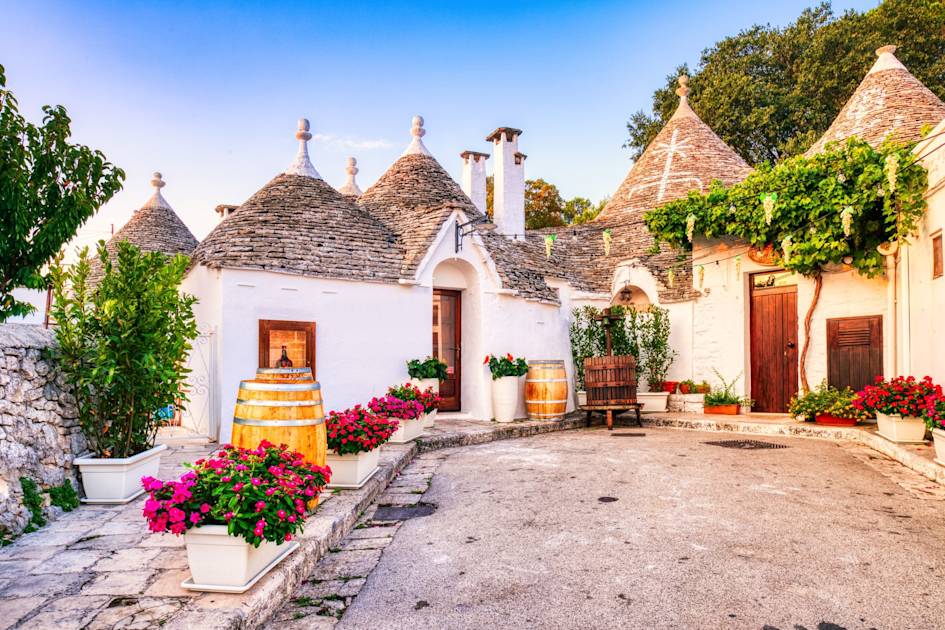
But every now and then, you’ll be pleasantly surprised. In Kaohsiung, a city in Taiwan, I tried stinky tofu, which had been fermented in brine. It has a similar punch to strong blue cheese, but a very different texture - soft on the inside and crispy on the outside. My companions were shocked when I declared it to be delicious.
It might feel tempting to stick to the more recognisable dishes. But culinary exploration is like any other form of adventure - it’s rewarding to step outside of your comfort zone, and see what treats await you out there. After all, you can have fish and chips any night of the week back home.
Inspired? Then check out our new foodie adventures across the world, where you'll discover new trails and new tastes.


